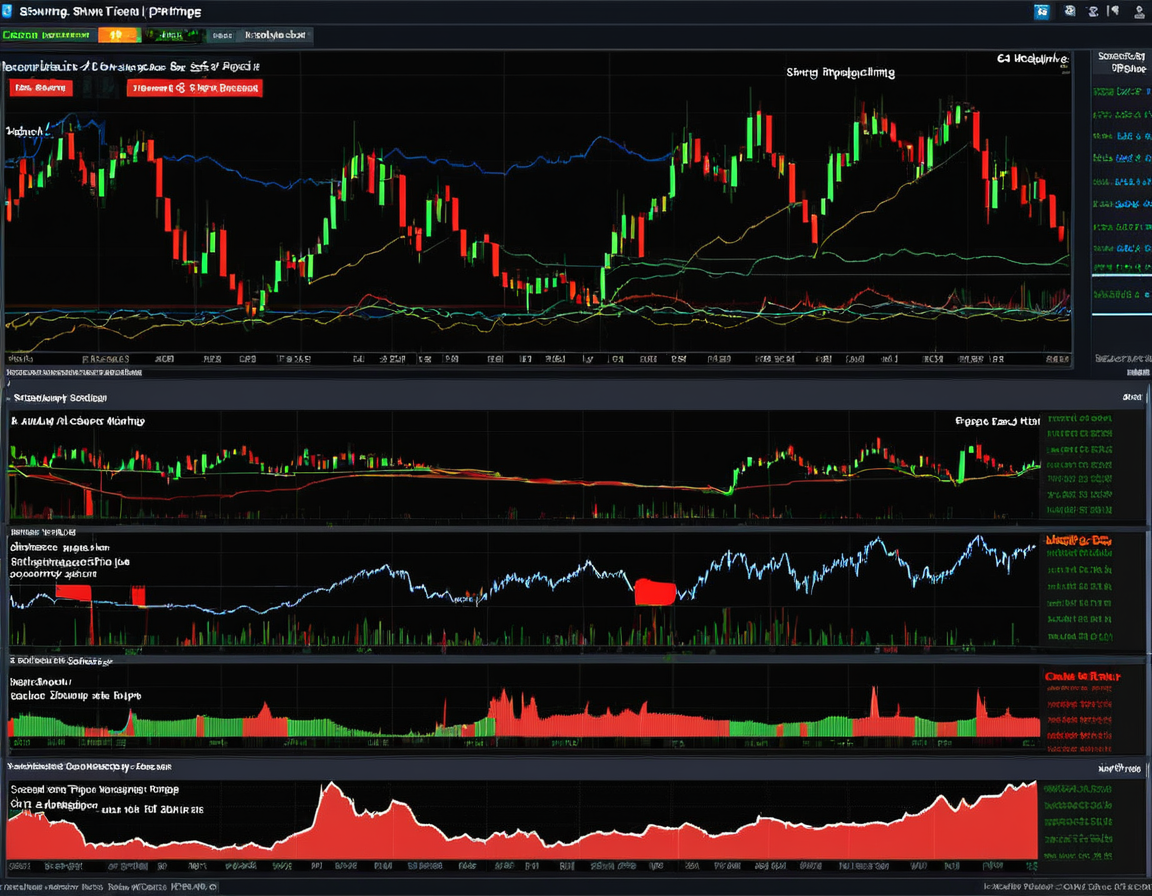Day Trading vs. Swing Trading in Forex: Which Strategy Suits You?
Forex trading offers various strategies depending on a trader’s goals, risk tolerance, and market outlook. Among the most popular strategies are day trading and swing trading. While both approaches aim to generate profits from short- to medium-term price movements, they differ significantly in execution, time commitment, and risk management. This blog will compare day trading and swing trading, helping Indian traders determine which strategy is better suited for their needs in 2024.
What is Day Trading in Forex?
Day trading involves buying and selling currency pairs within the same day, without holding any positions overnight. Day traders aim to capitalize on short-term price movements, often executing multiple trades per day. In the forex market, where liquidity is high and markets operate 24 hours a day, day trading is a popular strategy.
Key Characteristics of Day Trading
- Short-Term Focus: Trades are opened and closed within the same day.
- High Frequency: Day traders may execute multiple trades in a single day, taking advantage of small price movements.
- High Leverage: Day traders often use leverage to amplify returns, but this also increases risk.
- Intensive Monitoring: Day trading requires constant monitoring of the market and quick decision-making.
Pros and Cons of Day Trading for Indian Traders
Pros:
- Quick Profits: Indian traders can potentially generate profits within hours.
- Reduced Exposure: Since positions are not held overnight, there’s less risk of unexpected market events affecting trades.
- Liquidity: Day traders focus on highly liquid currency pairs like USD/INR and EUR/INR, where price movements are frequent.
Cons:
- Time-Consuming: Day trading requires full-time attention and quick reactions.
- Higher Stress Levels: The fast-paced nature of day trading can be stressful, especially during volatile market conditions.
- Transaction Costs: Frequent trading incurs higher fees, which can eat into profits.
What is Swing Trading in Forex?
Swing trading is a medium-term strategy where traders hold positions for several days or weeks, aiming to capture larger price movements. Unlike day trading, swing traders don’t need to monitor the market constantly, making it a more flexible option for those with limited time.
Key Characteristics of Swing Trading
- Longer Time Frames: Swing traders typically hold positions for days or weeks.
- Fewer Trades: Swing traders make fewer trades compared to day traders, focusing on capturing medium-term market trends.
- Technical and Fundamental Analysis: Swing traders use a mix of technical analysis to identify trends and fundamental analysis to gauge market sentiment.
Pros and Cons of Swing Trading for Indian Traders
Pros:
- Less Time-Intensive: Swing traders do not need to monitor the market constantly, making it suitable for part-time traders.
- Larger Profit Potential: Swing trading aims to capture bigger price movements over a longer period.
- Lower Transaction Costs: Fewer trades mean lower fees and commissions compared to day trading.
Cons:
- Overnight Risk: Holding positions overnight exposes swing traders to market gaps or unexpected global events.
- Patience Required: Swing traders must wait for market trends to unfold, which can test their patience.
- Slower Returns: Swing trading doesn’t offer the quick profits that day trading can provide.
Key Differences Between Day Trading and Swing Trading
1. Time Commitment
- Day Trading: Requires full-time attention and is more suitable for traders who can dedicate several hours a day to the market.
- Swing Trading: Less time-intensive, making it ideal for Indian traders who prefer part-time trading or have other commitments.
2. Risk Exposure
- Day Trading: Lower overnight risk since positions are closed by the end of the day. However, the fast pace and frequent trades can lead to higher short-term risk.
- Swing Trading: Higher overnight risk due to holding positions for days or weeks, but the longer time frame allows for more thoughtful decision-making.
3. Profit Potential
- Day Trading: Focuses on small, quick profits that accumulate over multiple trades.
- Swing Trading: Aims for larger profits by capturing significant market moves, but these gains are realized over longer periods.
Which Strategy is Better for Indian Traders?
1. Choose Day Trading if…
- You can dedicate several hours each day to actively monitor and trade the market.
- You enjoy fast-paced trading and are comfortable making quick decisions.
- You prefer not to hold positions overnight, minimizing the risk of unexpected events.
2. Choose Swing Trading if…
- You have limited time for trading and prefer a part-time trading approach.
- You are patient and willing to wait for larger price movements to unfold.
- You are comfortable holding positions overnight and managing the risk of market gaps or global events.
3. Combining Both Strategies
Some Indian traders may choose to combine both day trading and swing trading strategies to diversify their approach. For example, a trader could day trade USD/INR to capture quick intraday profits while simultaneously holding swing trading positions in EUR/INR or GBP/INR for longer-term gains.
Risk Management for Day and Swing Trading
1. Stop-Loss and Take-Profit Orders
Regardless of whether you choose day trading or swing trading, using stop-loss and take-profit orders is essential for managing risk. These tools automatically close trades once certain price levels are reached, preventing excessive losses and locking in profits.
2. Leverage Considerations
Indian traders should be mindful of leverage, especially in day trading where higher leverage is often used to amplify profits. While SEBI allows leverage up to 1:20 for forex trading, excessive leverage can lead to significant losses. Swing traders may opt for lower leverage to reduce risk over longer holding periods.
3. Diversify Your Trades
To spread risk, Indian traders can diversify their trades across multiple currency pairs, such as USD/INR, EUR/INR, and JPY/INR. This helps reduce exposure to a single market event that might adversely affect one pair.
Tools and Platforms for Day and Swing Trading
1. Zerodha
Zerodha’s Kite platform is ideal for day traders, offering real-time data, advanced charting tools, and fast order execution. It also supports swing trading with longer time frame chart options.
2. Upstox
Upstox provides a high-speed trading platform with multiple indicators for both day and swing traders. Indian traders can easily switch between intraday charts and longer-term analyses to suit their strategy.
3. Angel One
Angel One offers comprehensive resources for both day and swing traders, including market analysis reports, technical indicators, and mobile trading capabilities, allowing traders to manage positions on the go.
For more on the best trading platforms, visit Best Forex Brokers in India 2024.
Conclusion
Choosing between day trading and swing trading depends on your time commitment, risk tolerance, and financial goals. Indian traders who prefer fast-paced, short-term trading may find day trading more appealing, while those who prefer a more relaxed, long-term approach might gravitate towards swing trading. Both strategies offer unique advantages and risks, so understanding your personal trading style is key to choosing the right path for success in the forex market.







